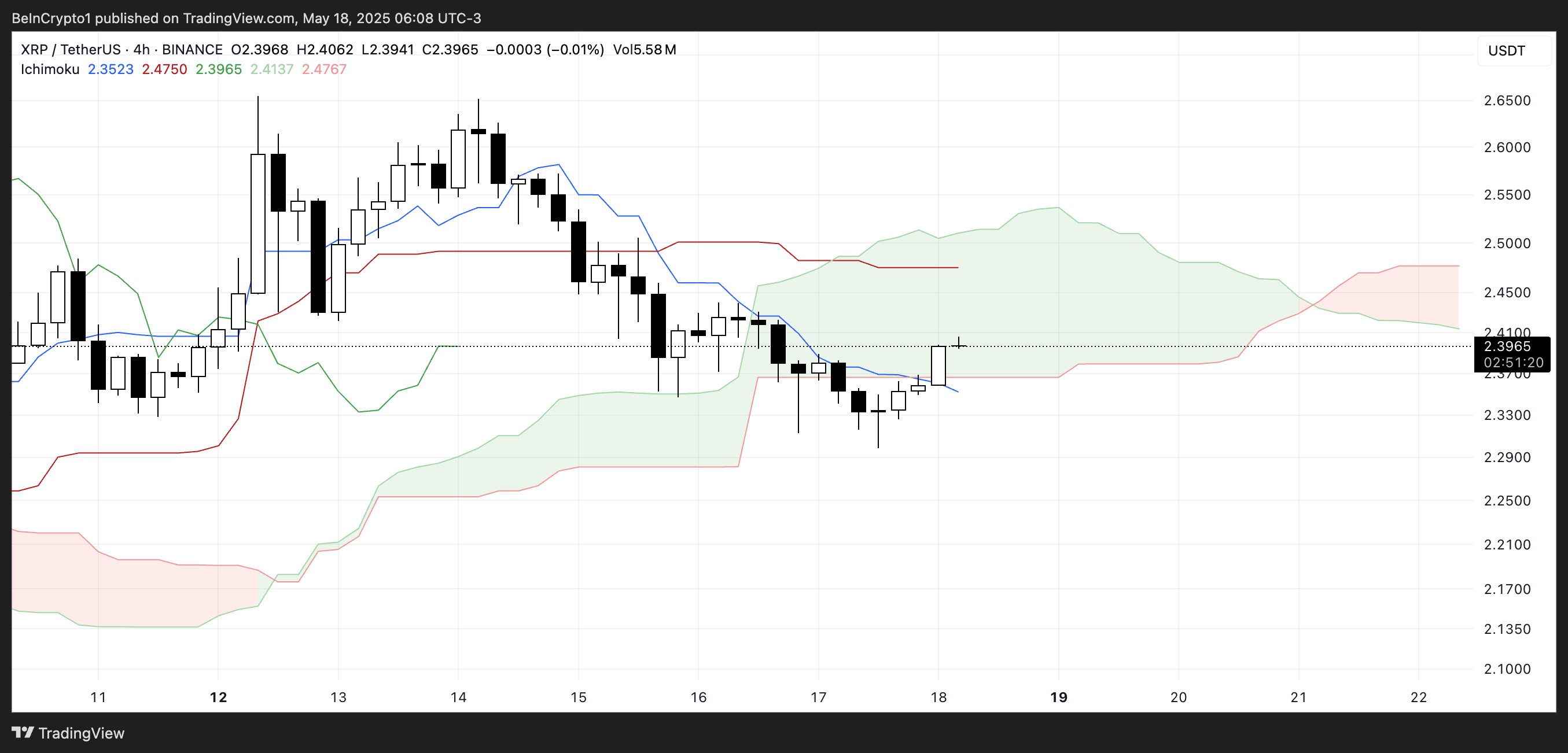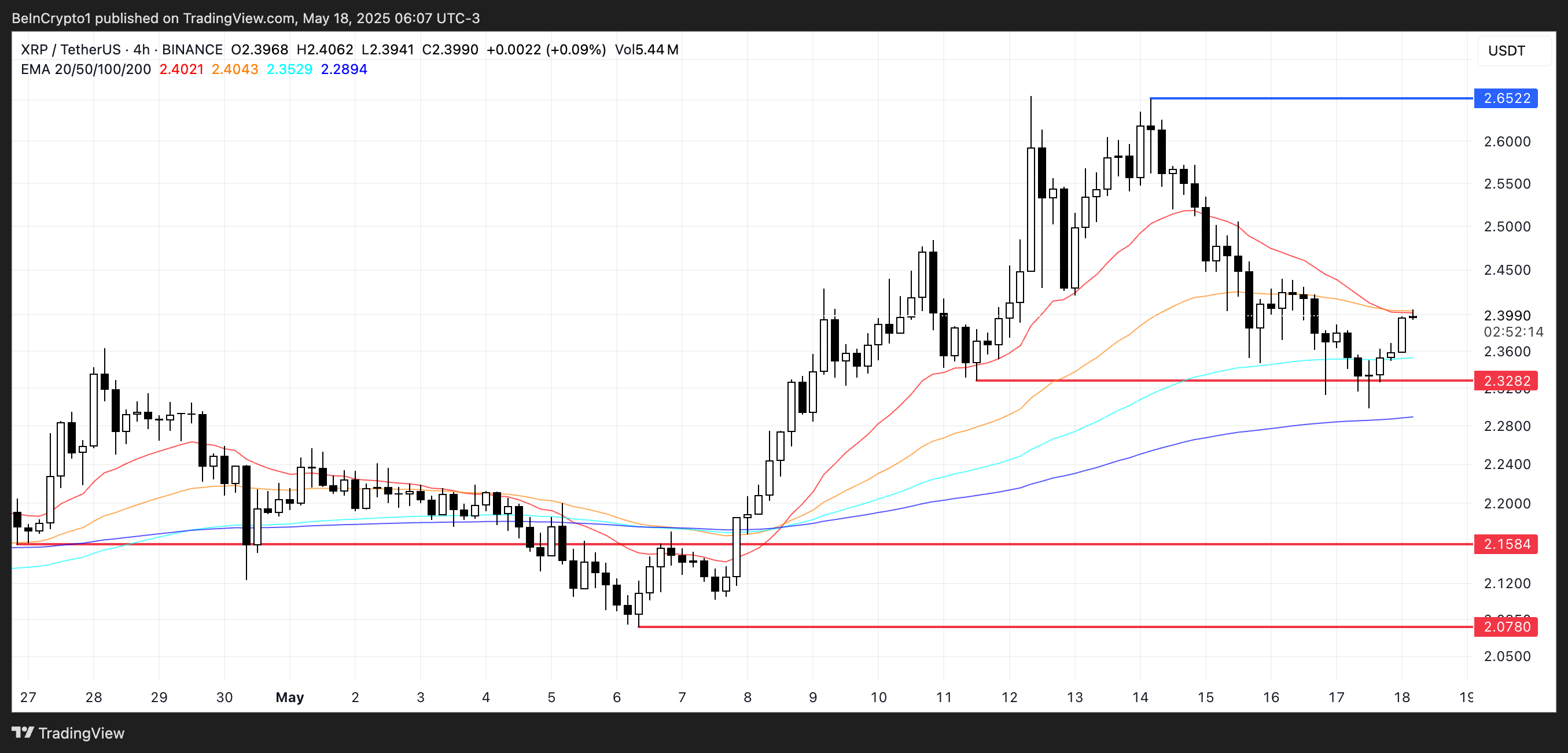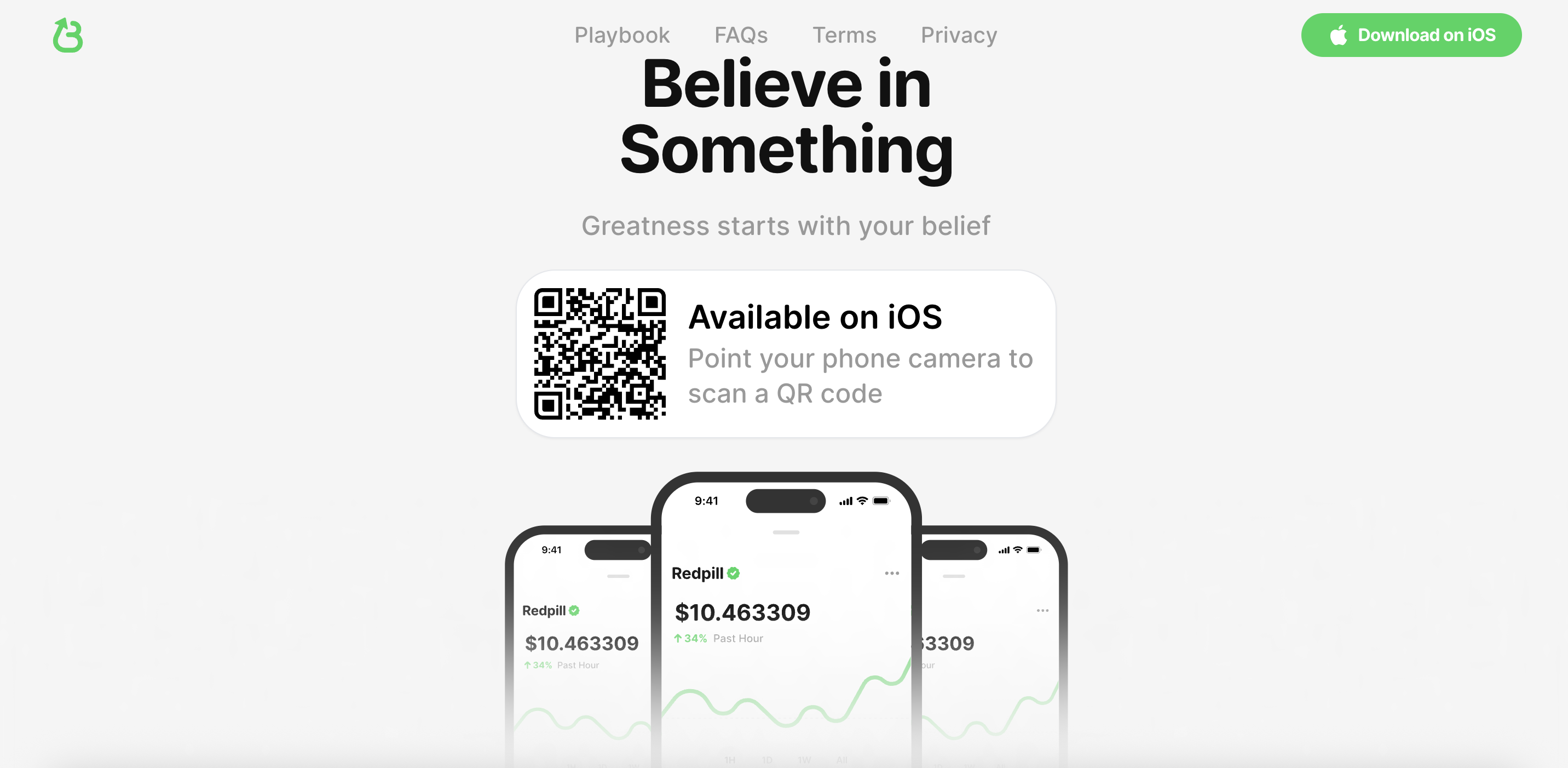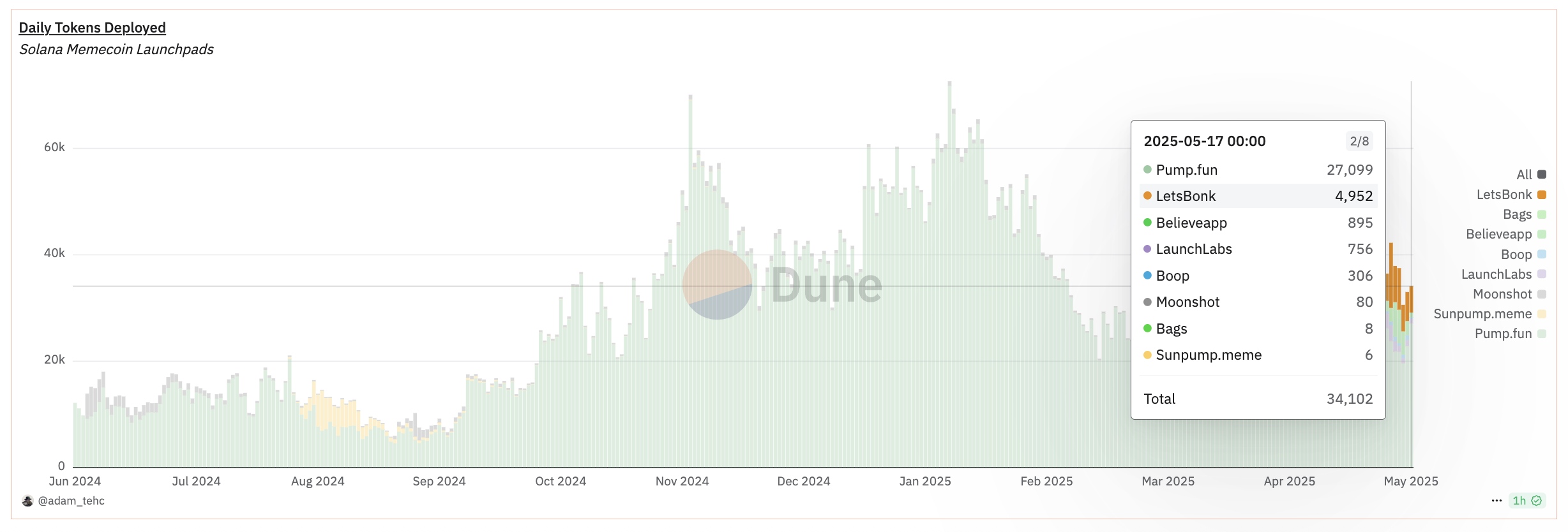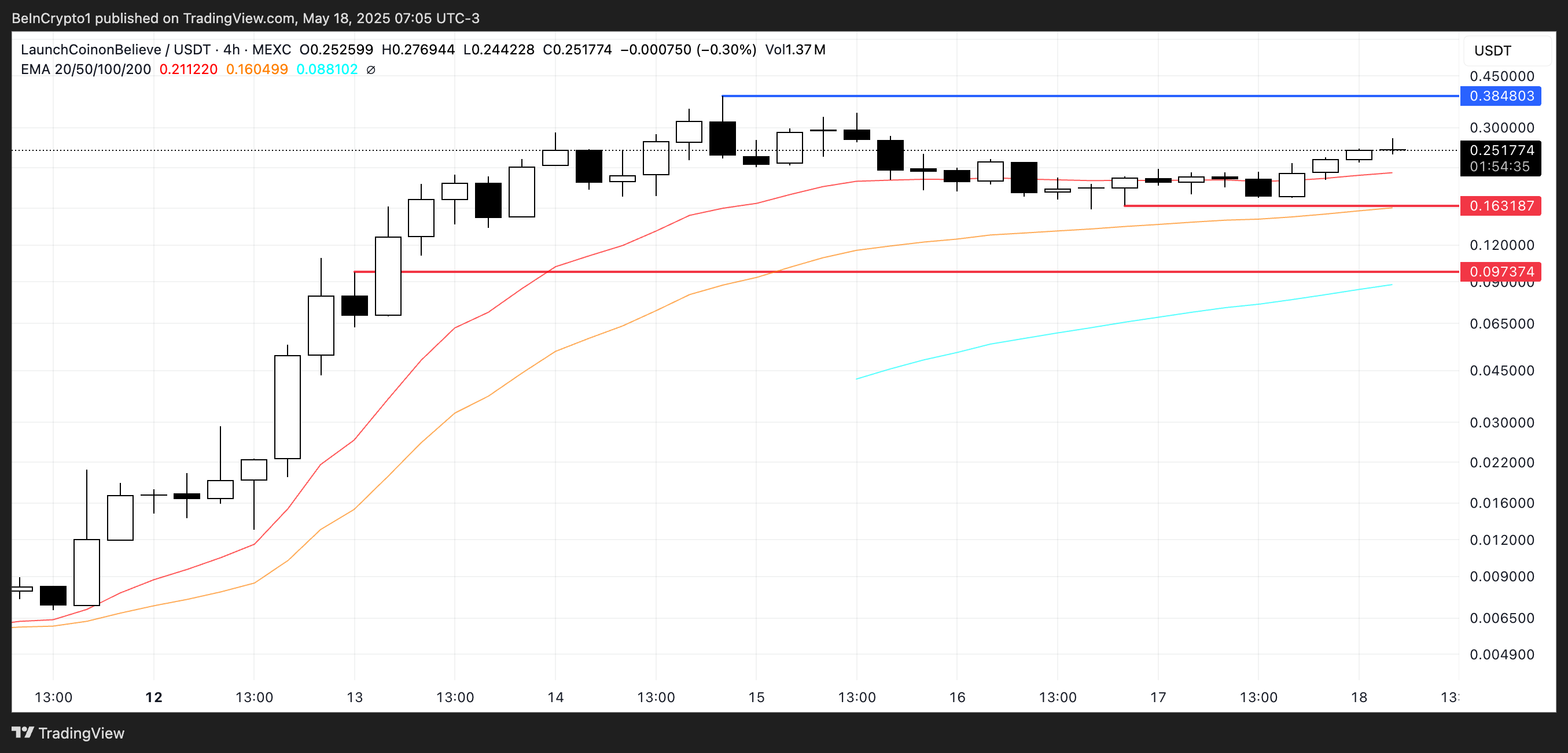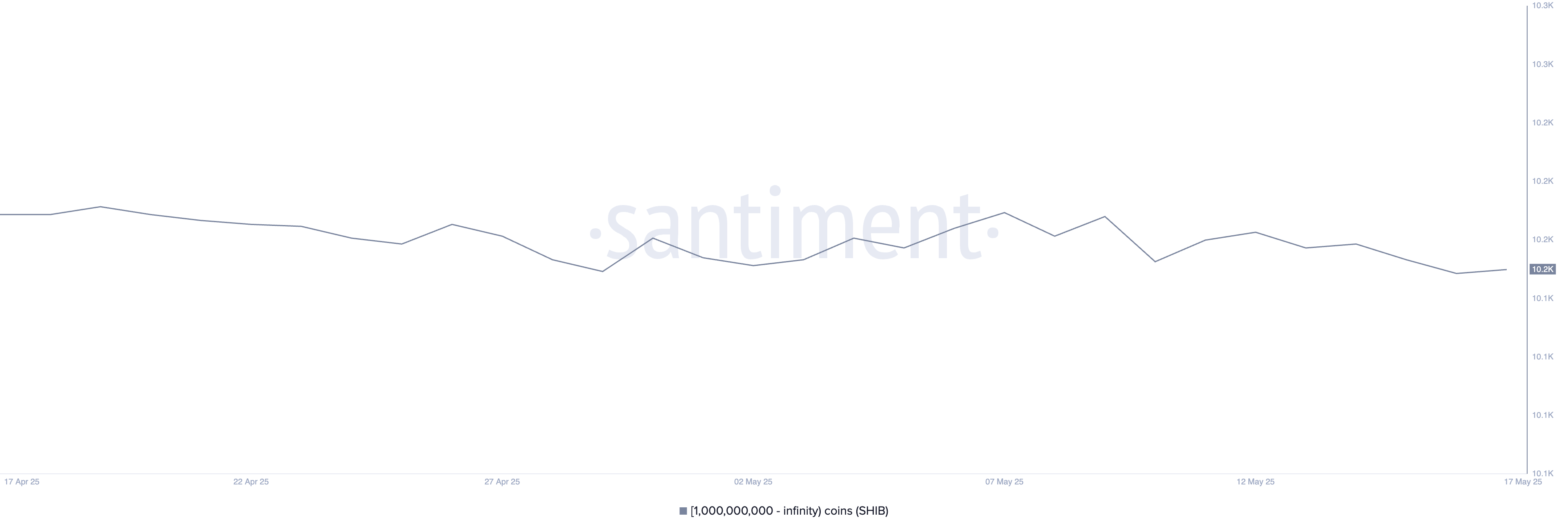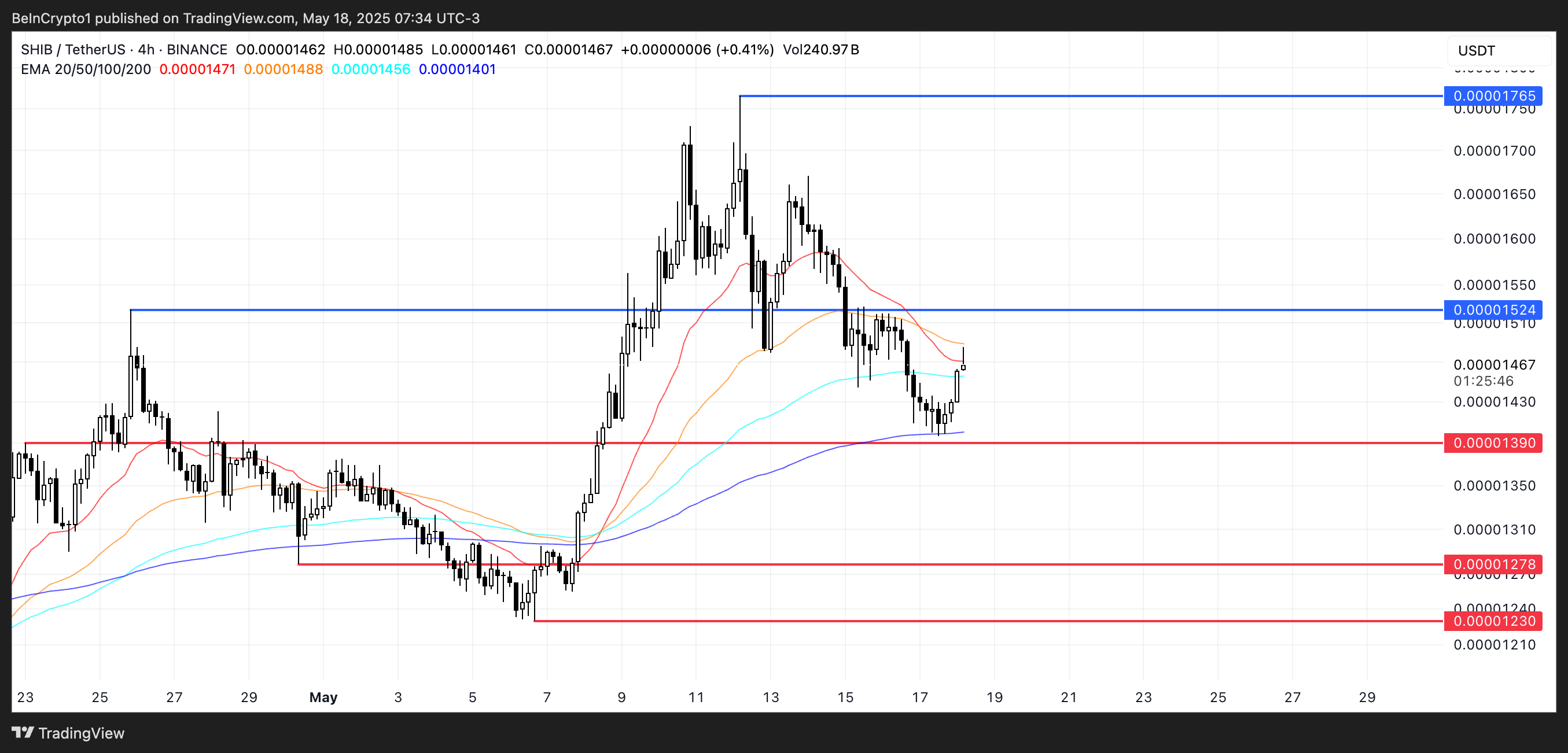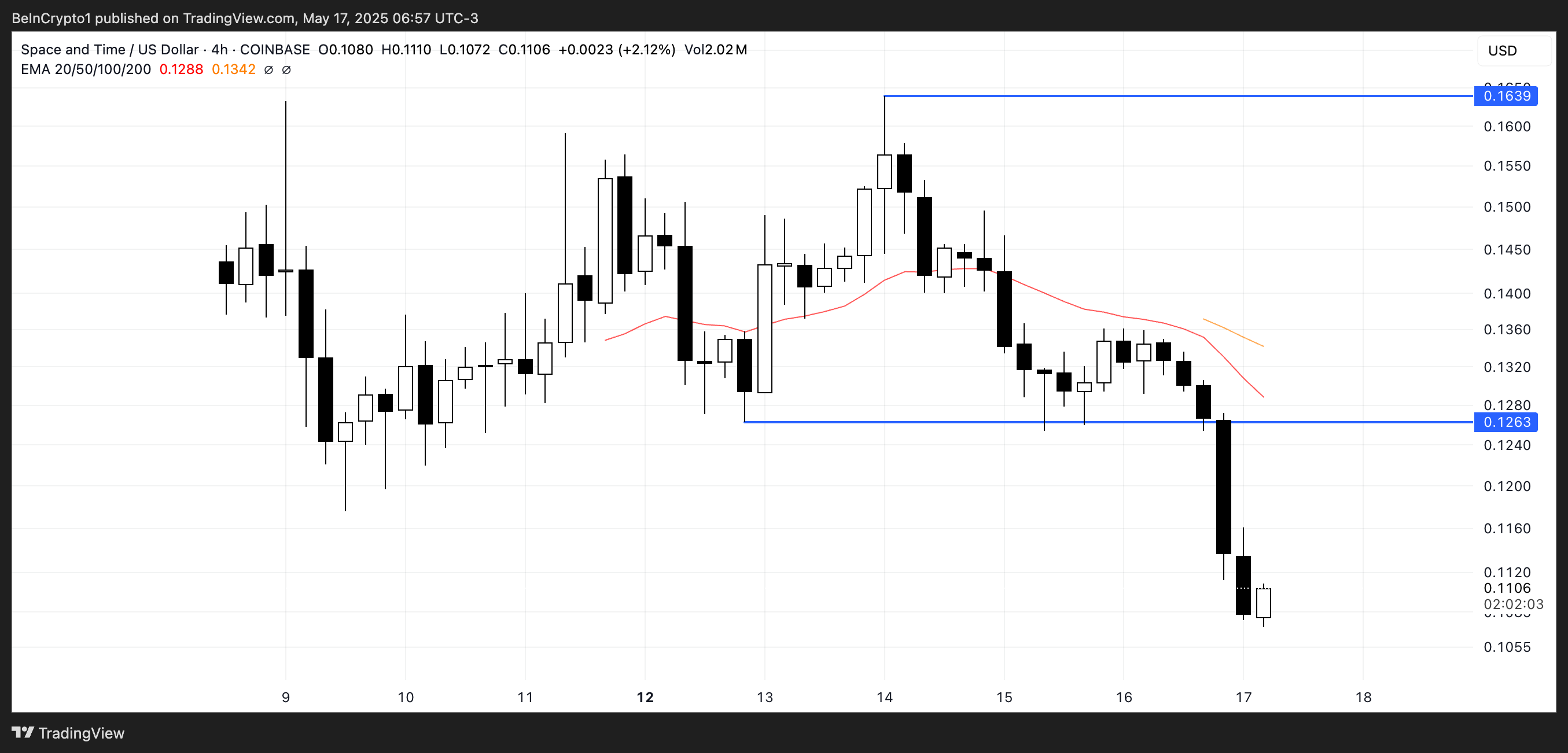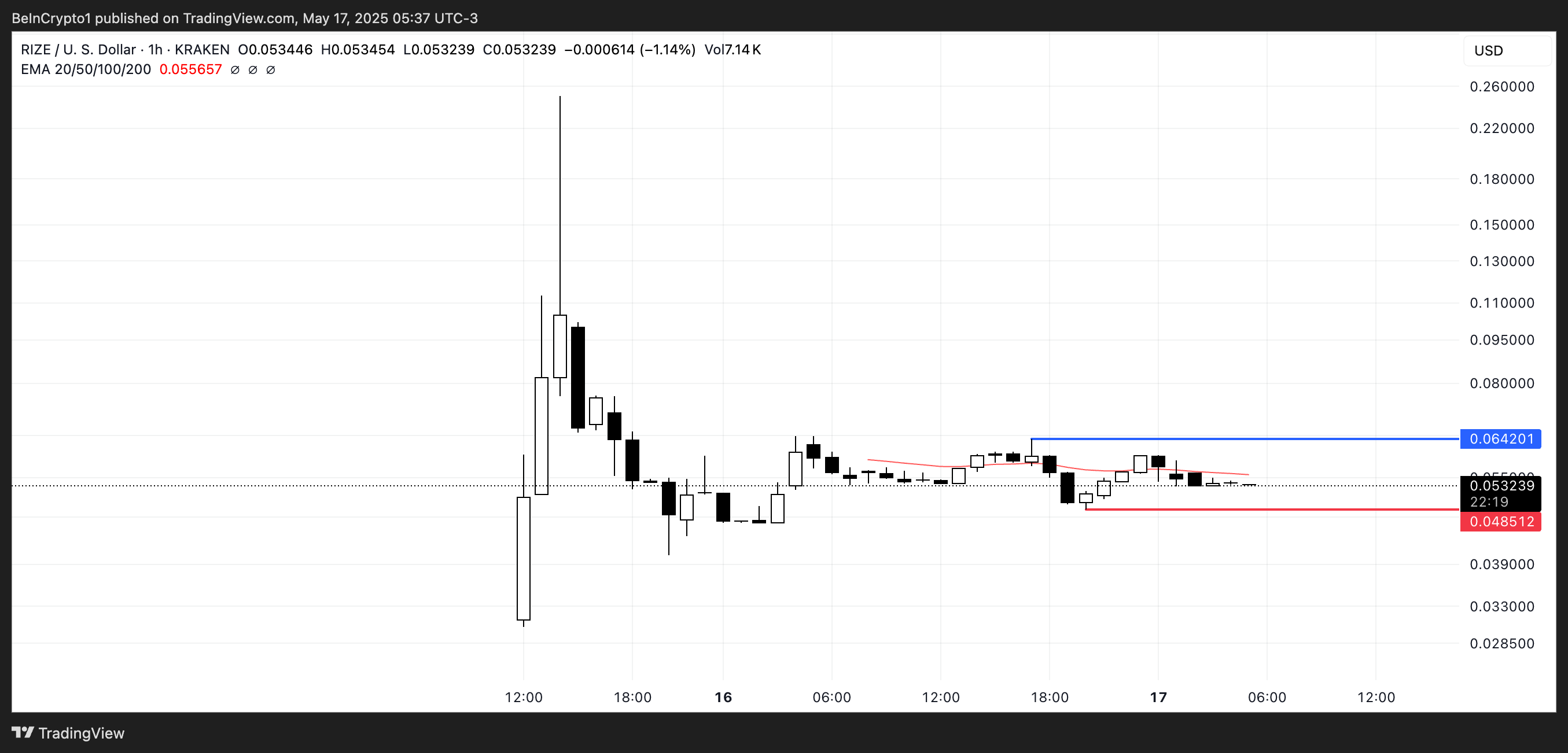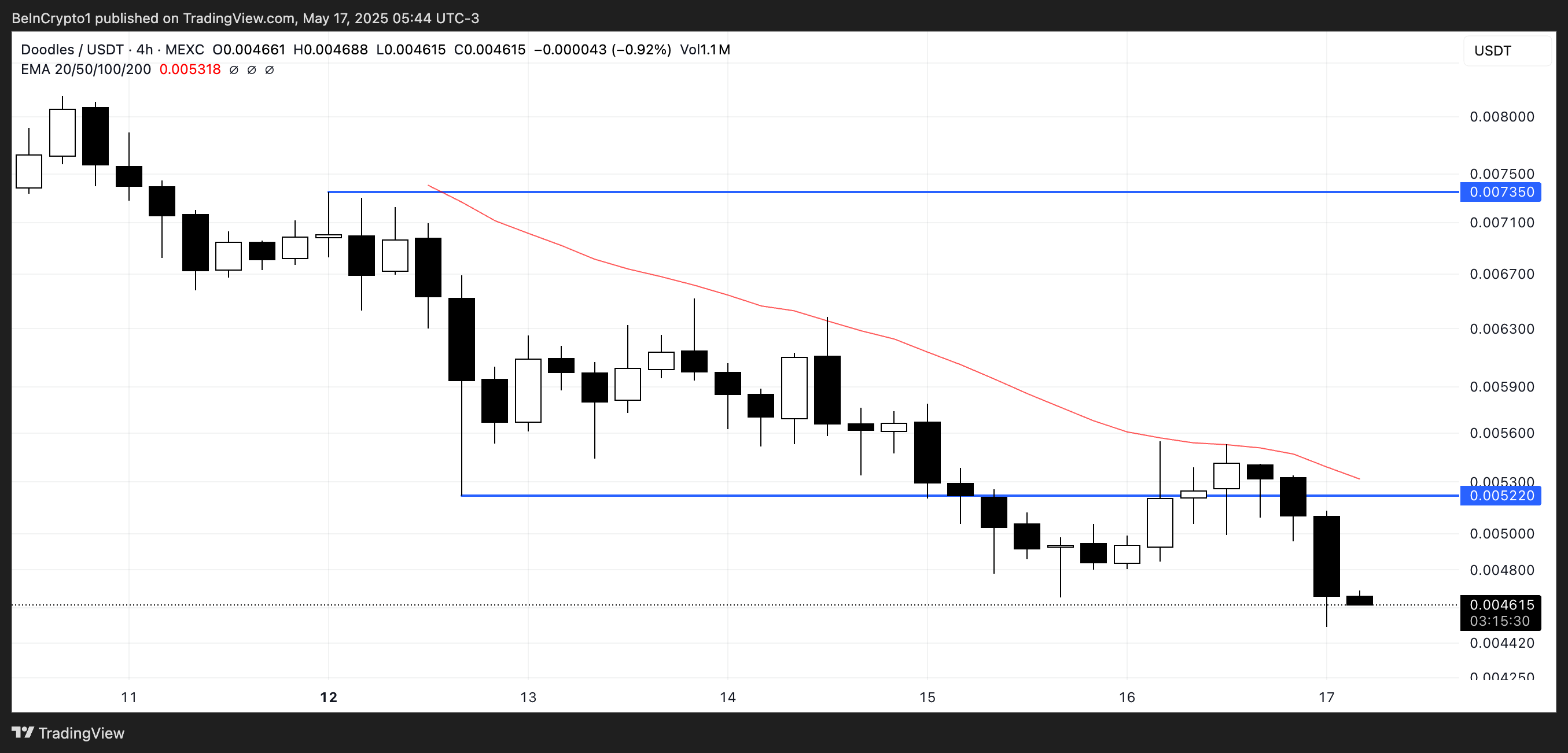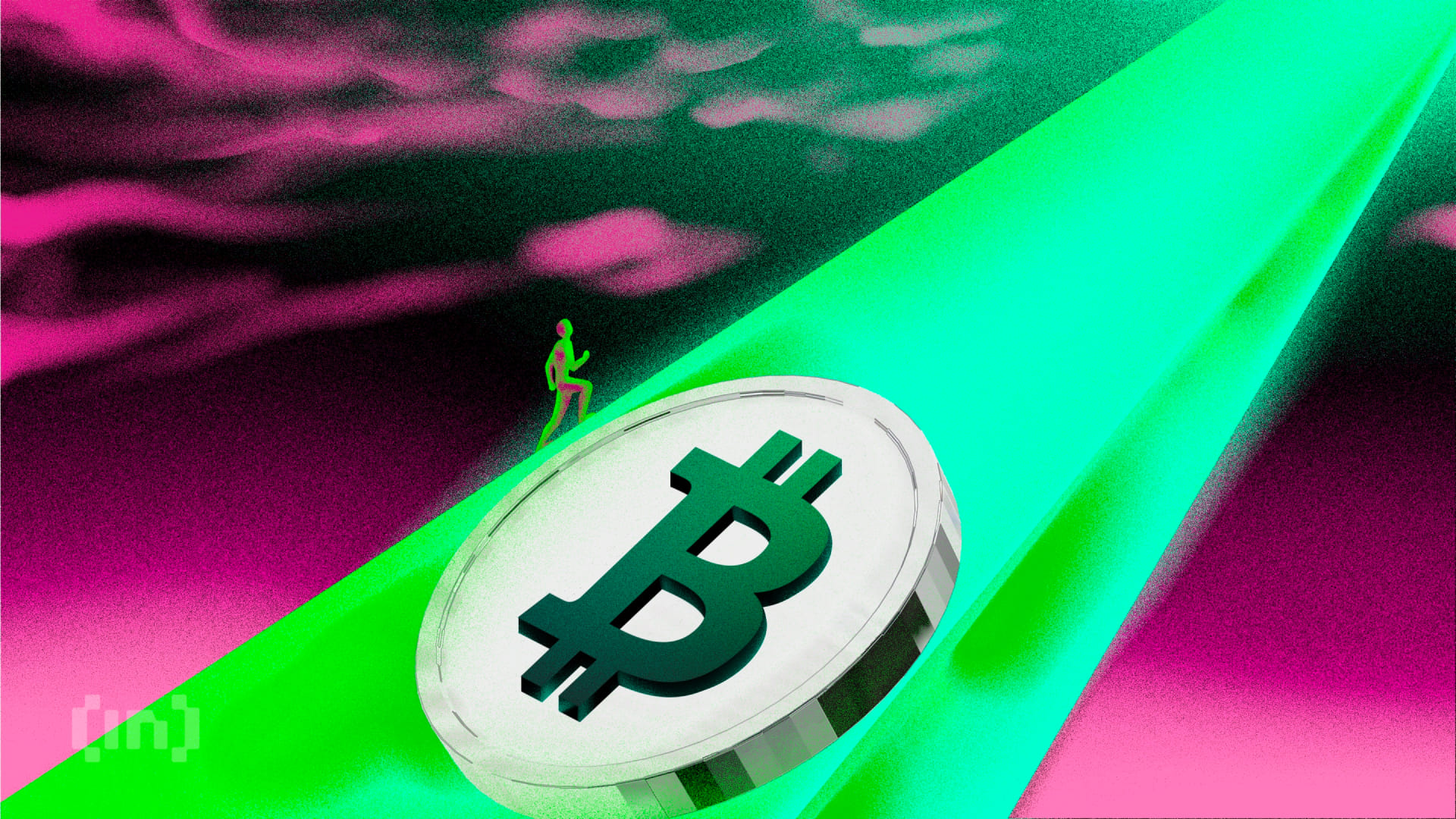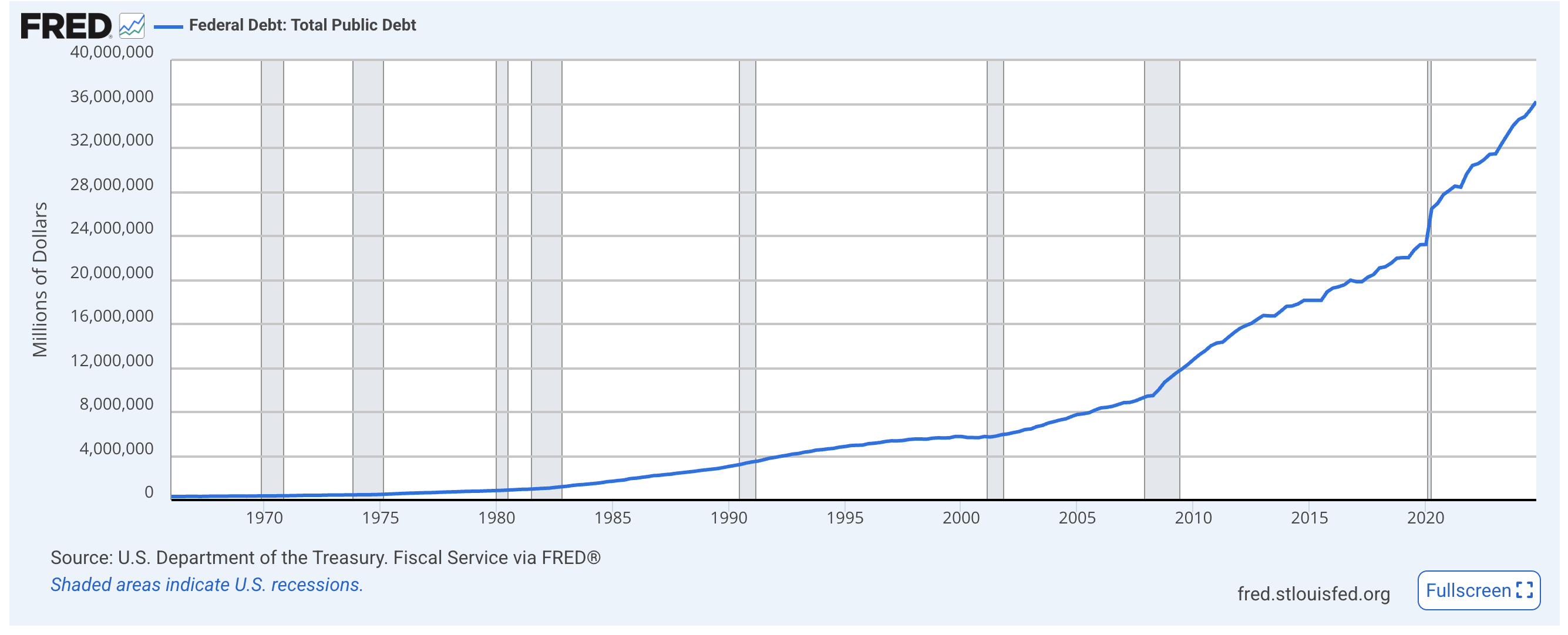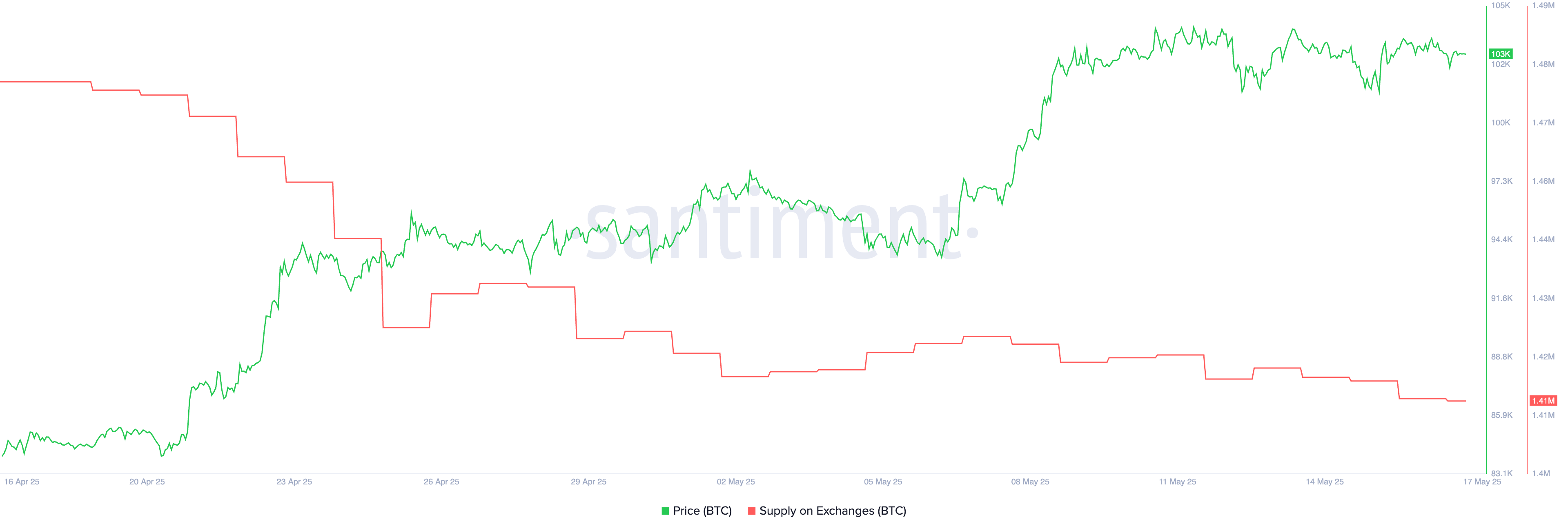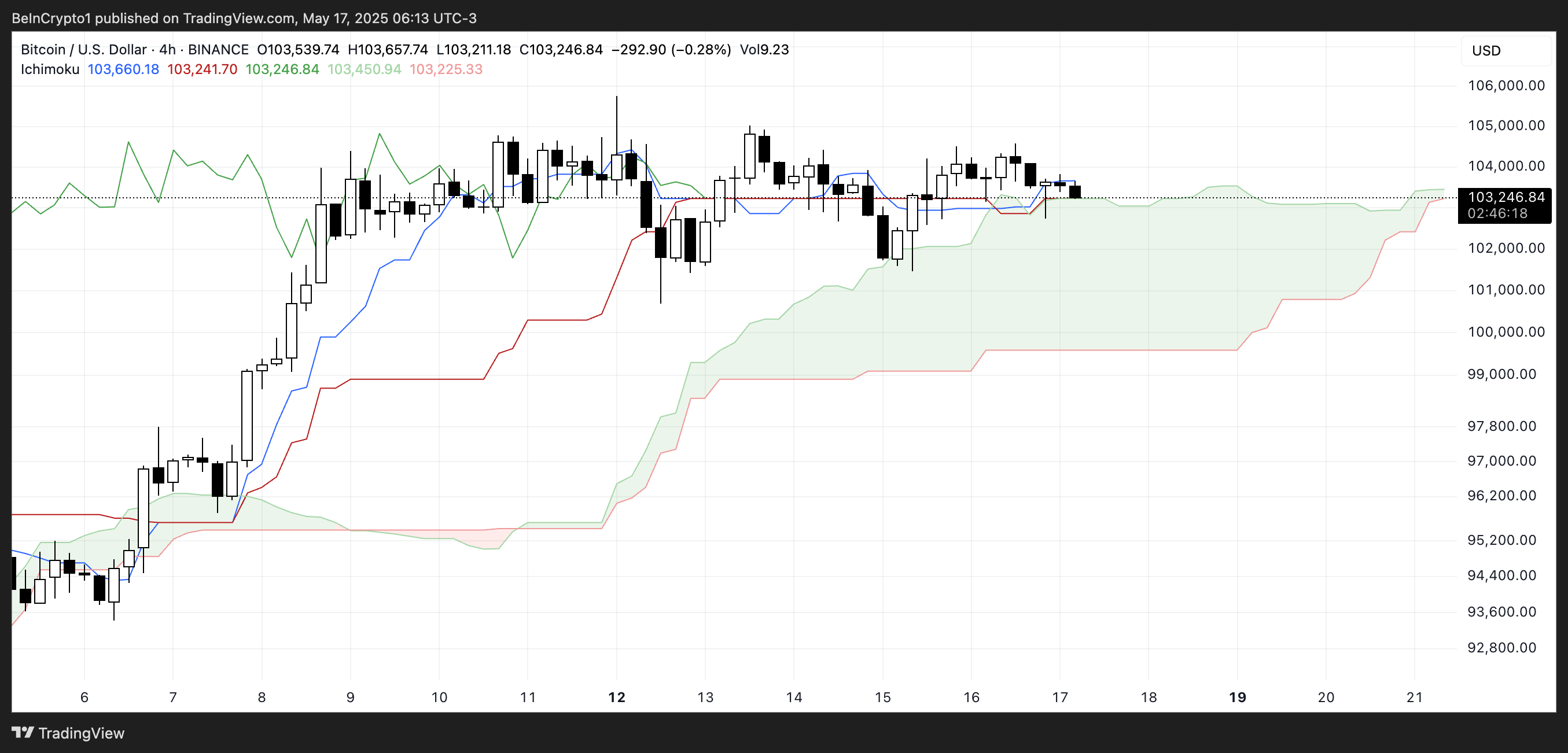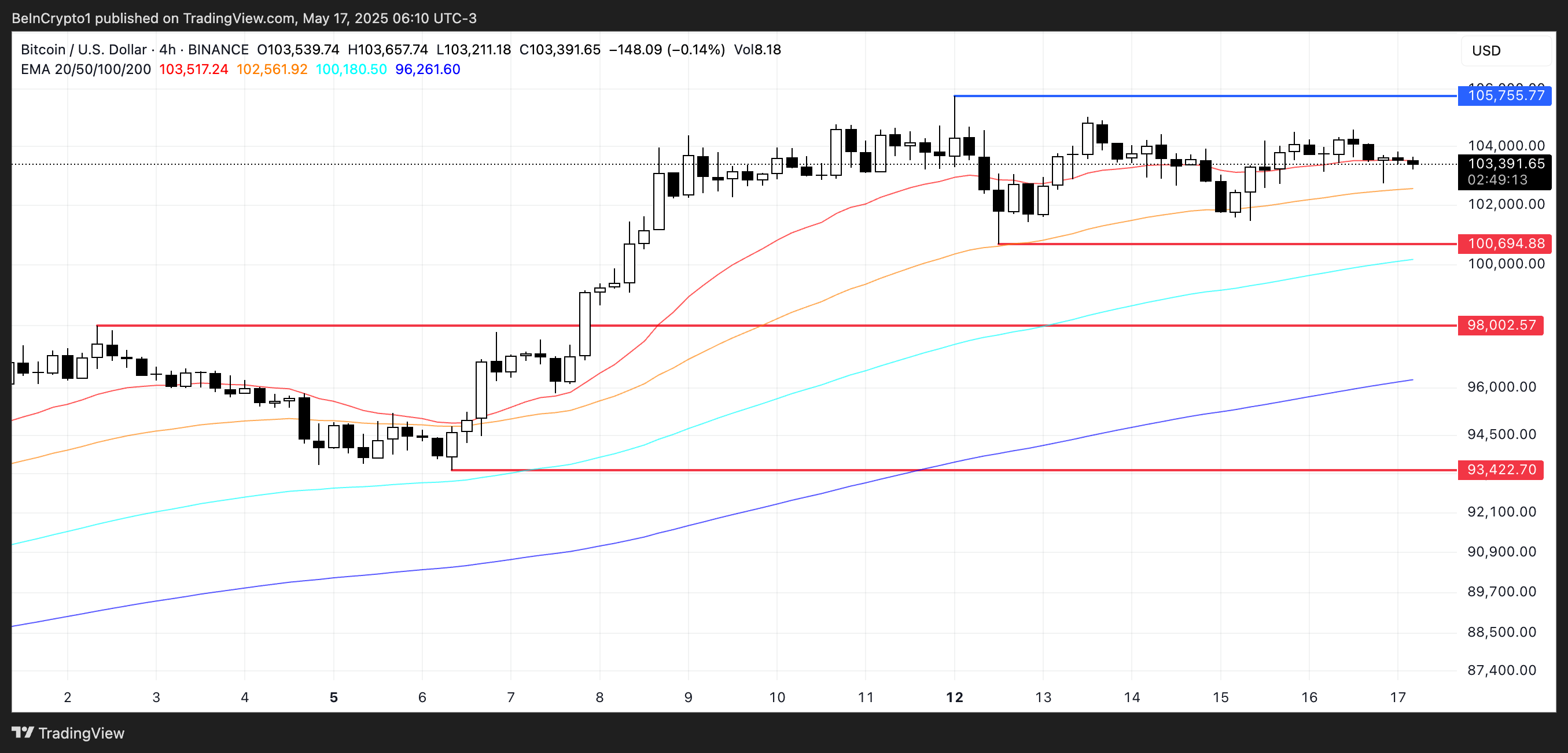Kraken Teases KRAK as Mystery Post Fuels IPO and Token Rumors
Kraken’s mysterious announcement on May 17 has set the crypto space abuzz with speculation and rumors. In a short video on X, the US-based crypto exchange revealed its acquisition of retail trading platform NinjaTrader.
However, the bigger surprise was its use of the symbol “KRAK” in the caption “KRAK the world” with no further context.
Is KRAK a Token or a Ticker?
The post has fueled intense speculation over Kraken’s plans. Some community members are questioning whether the exchange is preparing to launch a native token, plan an IPO, or perhaps both.
Kraken has offered no further explanations for the post as of press time.
Meanwhile, some observers suggest KRAK could represent the ticker symbol for a long-anticipated initial public offering. Others believe it hints at a native exchange token, possibly followed by an airdrop to reward longtime users.
Those who believe it is a token have high expectations for an upcoming airdrop that could benefit the exchange users.
Notably, a native token wouldn’t be a new concept. Rival exchanges like Binance already issue native assets used for loyalty rewards, trading fee discounts, and governance rights on their platforms.
“Do i get airdrop for beeing a loyal kraken customer for the last 8 years?,” One of the exchange user asked.
However, others point to Kraken’s IPO ambitions. Reports from earlier this year suggested the exchange aims to go public by next year.
While no formal filing has been made, Kraken has already laid some groundwork by cutting staff, streamlining operations, and expanding into stock and derivatives trading.
From a regulatory standpoint, going public may be a safer path for Kraken. Launching a token could invite scrutiny from US authorities like the Securities and Exchange Commission (SEC), especially concerning securities classification.
Moreover, there’s also growing interest in tokenized equity, digital assets that represent shares in a company, leaving room for hybrid models.
“IPO ticker? Or are we seeing the first iteration of tokenized equity,” a crypto user questioned.
All of these developments come just as Kraken reportedly escaped a significant data breach.
Earlier in the week, reports emerged that Kraken and Binance were both targeted in the same social engineering campaign that hit Coinbase.
Coinbase recently revealed that it suffered a significant data breach, with the perpetrators demanding a $20 million Bitcoin ransom. However, Binance and Kraken managed to fend off these attacks due to their strong internal safeguards.
The post Kraken Teases KRAK as Mystery Post Fuels IPO and Token Rumors appeared first on BeInCrypto.




